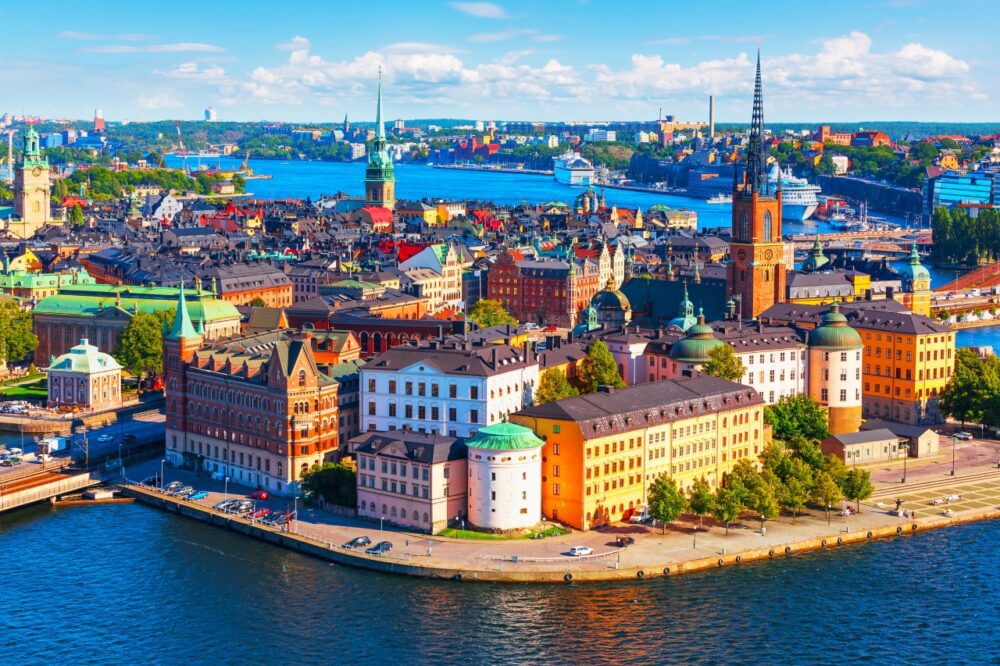
Stockholm, the capital of Sweden, is often called the “Venice of the North” thanks to its stunning archipelago setting. Spread across 14 islands, this Scandinavian gem offers a mix of historic charm, sleek modernity, and breathtaking natural beauty. Whether you’re wandering the cobblestone streets of Gamla Stan, visiting world-class museums like the Vasa Museum, or simply enjoying fika by the waterfront, Stockholm has plenty to offer. But with so many incredible European cities to choose from, you might wonder: is Stockholm worth visiting? In this post, we’ll explore what makes Stockholm special, from its cultural highlights to its practical considerations, like costs and weather. By the end, you’ll know if Stockholm is the right destination for your next trip.
Table of Contents
Pros – Reasons You Should Visit Stockholm
1. Stunning Archipelago
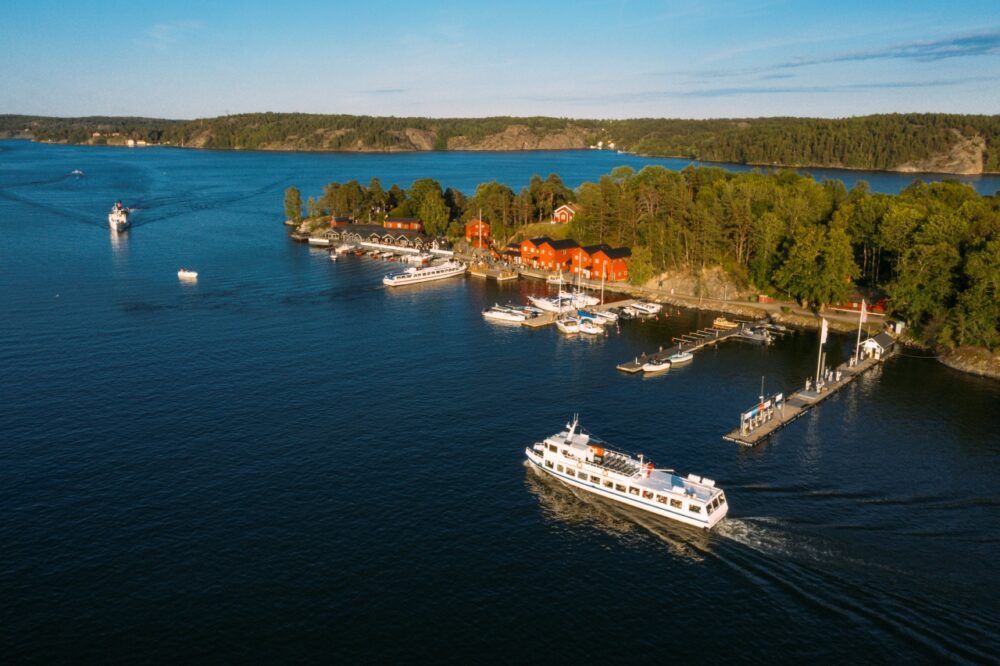
Stockholm’s archipelago is a breathtaking collection of over 30,000 islands, offering a unique blend of nature and adventure. From small rocky outcrops to lush, inhabited islands like Vaxholm and Sandhamn, the archipelago is a must-see for outdoor enthusiasts.
I took a boat tour through the islands and was amazed by the serene beauty of the Baltic Sea. Many islands are easily accessible by ferry, making it simple to explore their charming villages, hiking trails, and hidden beaches. For a more immersive experience, you can even rent a cabin or camp overnight.
2. Gamla Stan (Old Town)
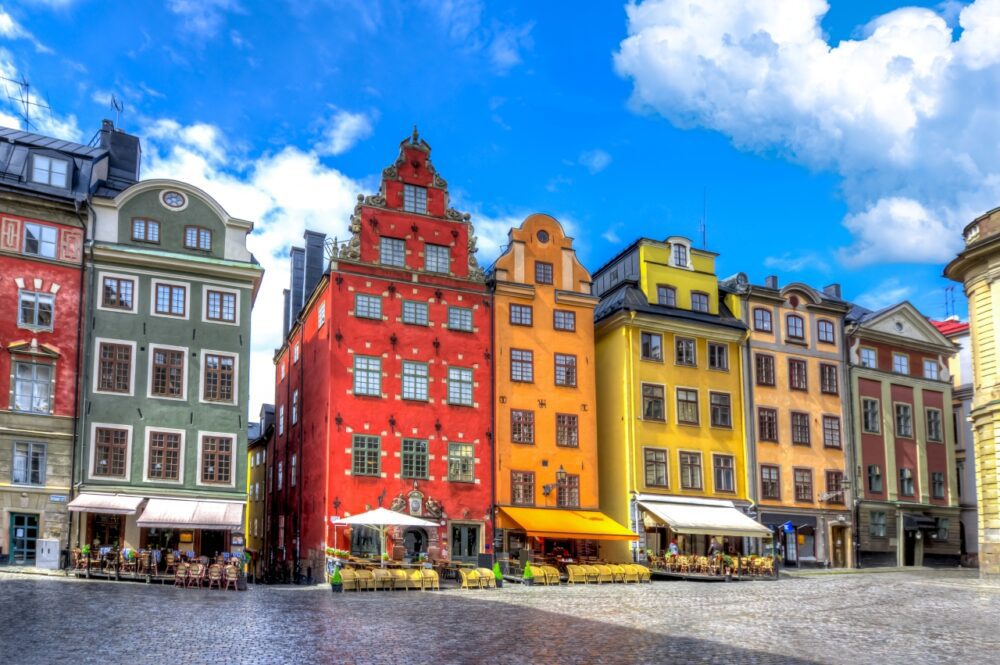
Stockholm’s Gamla Stan is one of the best-preserved medieval city centres in Europe. Its narrow cobblestone streets, colourful buildings, and historic landmarks like the Royal Palace and Storkyrkan (Stockholm Cathedral) create an enchanting atmosphere.
Walking through Gamla Stan felt like stepping back in time. The area is filled with quaint shops, cosy cafés, and traditional Swedish restaurants where you can try dishes like meatballs with lingonberries. Visiting early in the morning or in the evening offers a quieter, more magical experience.
3. Vibrant Cultural Scene

Stockholm is a cultural hub, home to world-class museums, galleries, and performance venues. The Vasa Museum, showcasing a 17th-century warship, and the ABBA Museum, celebrating Sweden’s pop music legacy, are two must-visits. For contemporary art, the Moderna Museet is a standout.
I spent hours at the Vasa Museum, marveling at the ship’s intricate details and learning about its dramatic history. Stockholm’s cultural offerings are diverse, catering to all interests, from history buffs to music lovers. Many museums offer free entry days or discounted passes, making it easy to dive into the city’s rich heritage.
4. Beautiful Waterfronts
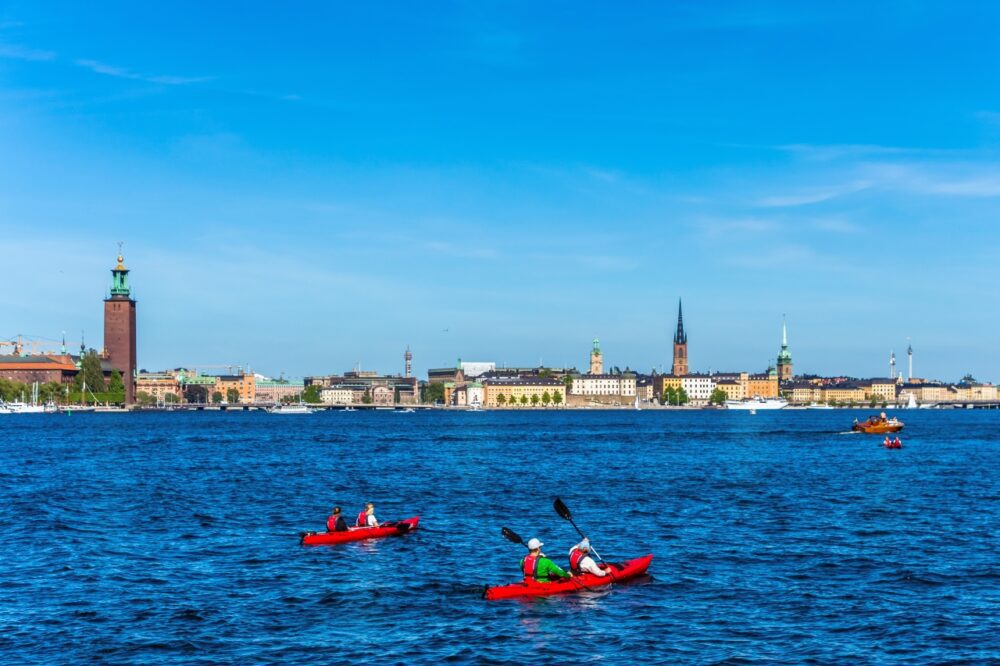
Stockholm is often called the Venice of the North, and for good reason. The city is built on 14 islands connected by bridges, with water everywhere you turn. Strolling along the Strandvägen promenade or taking a canal tour offers stunning views of the city’s architecture and natural beauty.
I loved taking a ferry between Stockholm’s islands, enjoying the mix of urban and natural landscapes. The waterfronts are also great for kayaking or paddleboarding, offering a unique perspective of the city. Don’t miss a sunset walk along Monteliusvägen for unforgettable views over Lake Mälaren.
5. Scandi-Chic Design and Shopping
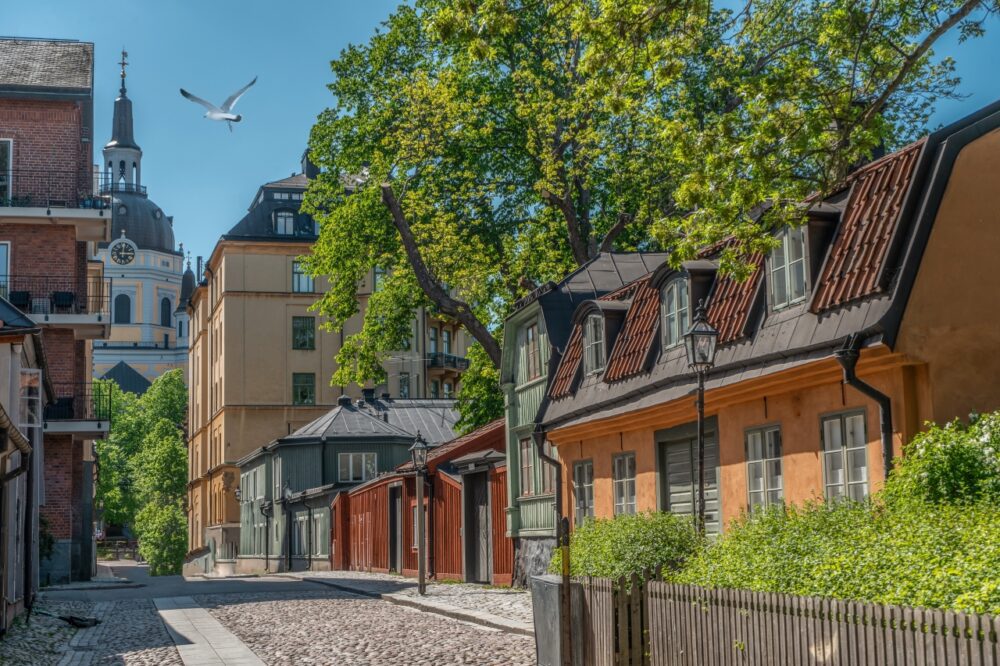
Stockholm is a global capital of Scandinavian design, with sleek, functional, and minimalistic aesthetics that are reflected in everything from home décor to fashion. Neighbourhoods like Södermalm and Östermalm are full of stylish boutiques, vintage shops, and design studios.
Exploring stores like Svenskt Tenn and Designtorget, I found beautifully crafted items that blended form and function. Stockholm also has fantastic flea markets and second-hand shops, perfect for finding unique treasures. Whether you’re a design enthusiast or casual shopper, the city’s creative vibe is hard to resist.
6. Incredible Food Scene
Stockholm’s food scene is a mix of traditional Swedish cuisine and modern, innovative flavours. Classic dishes like smörgåsbord (buffet), gravlax (cured salmon), and cinnamon buns can be found in local bakeries and restaurants. For foodies, the city’s Michelin-starred establishments offer exceptional fine dining experiences.
I couldn’t get enough of the fresh seafood, especially the herring served at a small café in Östermalm Saluhall, the city’s historic food market. Fika, the Swedish coffee and cake tradition, is also a must. Stopping for a cinnamon bun and coffee at Vete-Katten was a delightful break from sightseeing.
7. Sustainable City Living
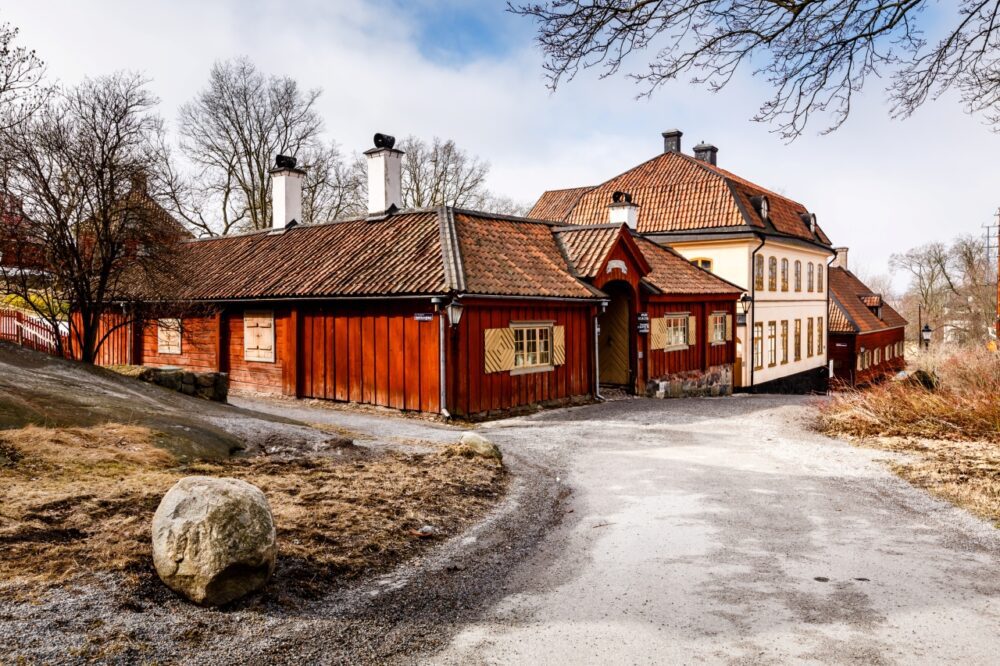
Stockholm is one of the most sustainable cities in the world, with excellent public transport, eco-friendly initiatives, and abundant green spaces. The city encourages cycling and walking, and its clean air and water make it a pleasure to explore.
Riding a bike through Djurgården, an island filled with parks and cultural attractions, was one of my favourite experiences. Many restaurants focus on locally sourced and organic ingredients, making sustainability a natural part of your visit. Stockholm’s commitment to the environment is both impressive and inspiring.
8. Amazing Day Trips
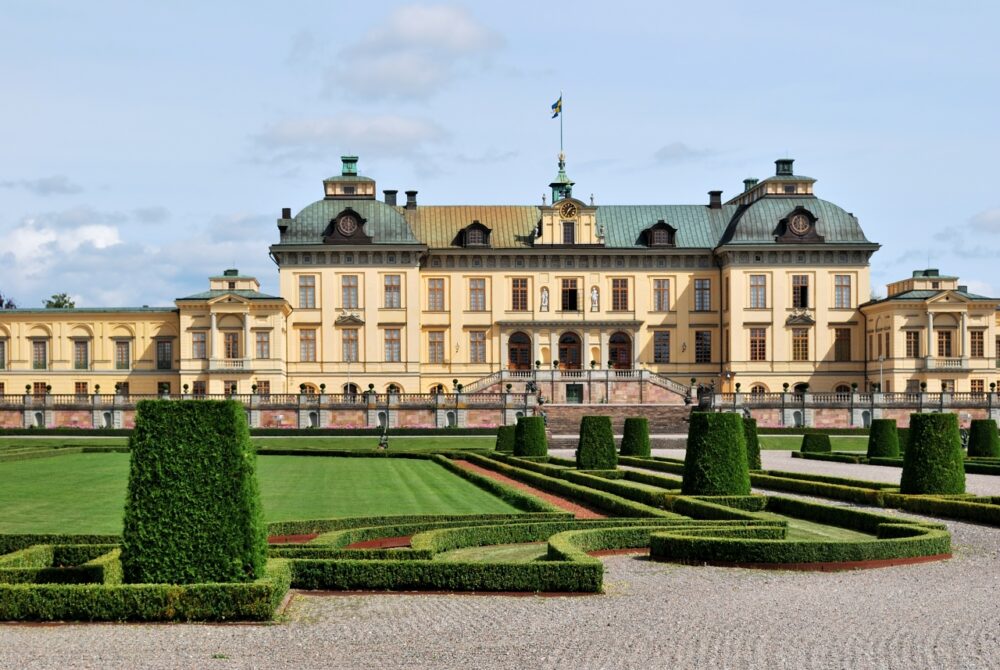
Stockholm’s proximity to incredible destinations makes it an ideal base for day trips. Just a short ferry ride away, Vaxholm is a charming archipelago town known for its historic fortress and quaint harbour. For history enthusiasts, Sigtuna, Sweden’s oldest town, offers Viking-era ruins and picturesque streets. Another must-see is Drottningholm Palace, a UNESCO World Heritage Site with stunning gardens and royal history.
I took a boat to Vaxholm and loved wandering its colourful streets and visiting its fortress museum. The ease of reaching these spots by ferry or train makes day trips seamless. For something unique, the Vikingaliv Museum and surrounding sites near Birka provide a fascinating dive into Viking culture.
9. Rich History and Royal Heritage
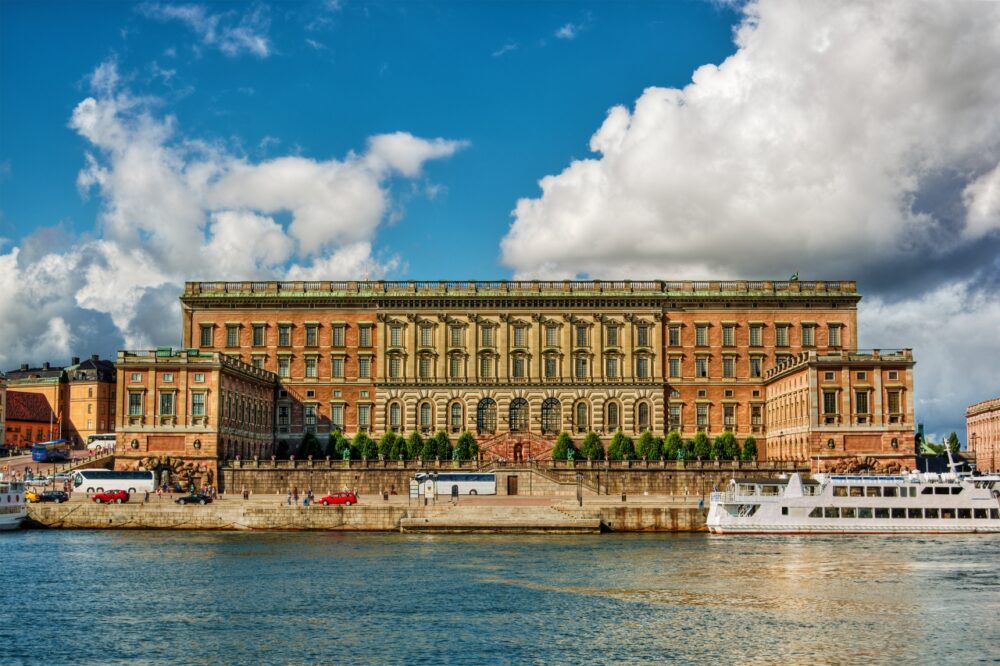
Stockholm’s royal history is woven into its landmarks and traditions. The Royal Palace, one of the largest in Europe, offers guided tours that showcase its opulent interiors. The Drottningholm Palace, another royal gem, features stunning gardens and a Baroque theatre.
Watching the Changing of the Guard at the Royal Palace was a fascinating glimpse into Sweden’s regal traditions. Exploring the Drottningholm grounds, I felt transported to another era. Stockholm’s royal heritage adds a layer of grandeur to its already captivating appeal.
10. Family-Friendly Activities
Stockholm is incredibly family-friendly, with plenty of activities for kids and adults alike. Attractions like the Junibacken (inspired by Astrid Lindgren’s stories), the interactive exhibits at Tekniska Museet, and the open-air Skansen Museum and Zoo are perfect for a day out.
Spending an afternoon at Skansen was a joy, with traditional Swedish buildings, friendly animals, and stunning views of the city. The city’s excellent public transport and stroller-friendly streets make it easy to navigate with kids, ensuring a stress-free visit for families.
Cons – Things to Consider When Visiting Stockholm
1. High Cost of Living
Stockholm is one of the most expensive cities in Europe. Accommodation, dining out, and attractions can quickly add up, especially if you’re staying in central areas like Gamla Stan or Östermalm. Even basic meals or drinks can feel pricey compared to other European destinations.
To manage costs, consider eating at food halls like Hötorgshallen or exploring free activities, such as strolling through Djurgården or visiting the city’s many parks. Purchasing a Stockholm Pass can also help save on transportation and entry fees for top attractions. Planning ahead makes it easier to stick to a budget.
2. Crowds in Peak Season
Stockholm’s popularity as a summer destination means that key attractions like Gamla Stan, the Vasa Museum, and the Royal Palace can become crowded. The influx of visitors during July and August can lead to long lines and a less relaxed experience.
Visiting during the shoulder seasons—spring or autumn—can help you avoid the crowds while still enjoying pleasant weather. If travelling in peak season, try to arrive at major attractions early in the morning or later in the afternoon to beat the busiest times.
3. Chilly Winters and Short Days
Winter in Stockholm is cold, with temperatures often below freezing, and daylight is limited to just a few hours in December and January. The combination of cold and darkness can feel uninviting for some travellers, especially those unused to Nordic winters.
However, Stockholm’s cosy cafés and festive Christmas markets help counter the gloom, and many museums and attractions remain open year-round. If visiting in winter, pack warm clothing and plan your itinerary around indoor activities. Embracing the Swedish concept of mysig (cosiness) can make winter in Stockholm enjoyable.
4. Expensive Public Transport Without a Pass
While Stockholm’s public transport system is excellent, individual tickets can be expensive, particularly if you’re frequently using buses, ferries, or the metro. A lack of knowledge about the ticketing system can also lead to accidental fines for unvalidated tickets.
Investing in a SL travel card for unlimited rides over 24, 72 hours, or longer is a cost-effective way to navigate the city. The card covers all modes of transport, including ferries to nearby islands, making it a convenient and economical option for travellers.
5. Limited Dining Options Late at Night
Stockholm’s dining scene is vibrant, but many restaurants close early compared to other major cities. Finding a meal after 9 or 10 p.m. can be challenging, especially outside central neighbourhoods like Norrmalm or Södermalm.
If you’re planning a late night, consider dining earlier or heading to spots known for extended hours, such as hotel restaurants or certain cafés in tourist-heavy areas. Planning ahead ensures you won’t be left hungry after a long day of exploring.
When to Visit Stockholm
The best times to visit Stockholm are late spring (May to June) and early autumn (September) when the weather is mild, the days are long, and the city’s parks and waterways are in full splendour. During these months, the streets of Gamla Stan and the outdoor cafes along the water come alive without the peak summer crowds. Summer (July to August) is Stockholm’s high season, with endless daylight and vibrant festivals, but it can be pricey. Winters (November to February) are cold and dark, yet magical for those seeking cosy charm, Christmas markets, and ice-skating on frozen lakes.
How to Get to Stockholm
Stockholm’s main airport, Arlanda Airport (ARN), lies 40 kilometres north of the city centre and is serviced by airlines like SAS, Norwegian, and major international carriers. The Arlanda Express train is the fastest way into the city, taking just 20 minutes. For a more budget-friendly option, Flygbussarna airport coaches run regularly and take around 45 minutes. Bromma Airport (BMA), closer to the city, handles domestic and regional flights, while Skavsta Airport (NYO) serves budget airlines like Ryanair but is 90 minutes away by bus. Stockholm is also accessible by train, ferry, and bus from other parts of Scandinavia and the Baltics.
Where to Stay in Stockholm
Stockholm’s neighbourhoods offer a variety of places to stay, each with its unique charm:
- Luxury: Norrmalm or Östermalm – Stay close to the upscale shopping streets and cultural sites. Options include Grand Hôtel Stockholm, a five-star icon with waterfront views, or Hotel Diplomat, a stylish boutique stay on Strandvägen.
- Mid-range: Södermalm – Trendy and vibrant, ideal for nightlife and design lovers. Try NOFO Hotel, a boutique choice in an 18th-century building, or Clarion Hotel Stockholm for modern comfort.
- Budget: Gamla Stan (Old Town) or Kungsholmen – Affordable options in picturesque or quieter areas. Consider STF af Chapman & Skeppsholmen Hostel, housed in a historic ship, or City Backpackers Hostel for excellent value.
Getting Around Stockholm
Stockholm’s public transport system is superb, with the SL network covering metro (Tunnelbana), buses, trams, and ferries. The SL Travelcard offers unlimited rides and is great value for visitors. The Tunnelbana is particularly efficient, with stations that double as art galleries. For a scenic route, hop on the city ferries, which connect islands like Djurgården and Södermalm. Stockholm is also bike-friendly, with the City Bikes rental scheme available during the warmer months, perfect for cycling along the waterfront. Walking is a pleasure, particularly in Gamla Stan, where narrow streets lead to hidden gems at every turn.
How Long to Spend in Stockholm
Three days is perfect for exploring Stockholm’s highlights, including the charming Gamla Stan, the impressive Vasa Museum, and the scenic island of Djurgården, home to Skansen and the ABBA Museum. This allows time to take a ferry ride through the archipelago and enjoy fika (Swedish coffee and cake) in one of the city’s cosy cafes. With an extra day, visit Drottningholm Palace, a UNESCO-listed royal residence, or take a longer boat tour of the islands. Stockholm’s blend of history, culture, and natural beauty ensures a memorable stay in Scandinavia’s capital.
Conclusion
So, is Stockholm worth visiting? Absolutely! If you’re a fan of history, design, and picturesque waterfront views, Stockholm is a city that will captivate you. Its blend of old-world charm and modern sophistication, coupled with its welcoming atmosphere, makes it a must-visit destination. That said, Stockholm’s high costs and cooler climate might not suit every traveller. But for those who value unique experiences and the beauty of a well-balanced city, Stockholm is an unforgettable destination that’s sure to leave a lasting impression.
